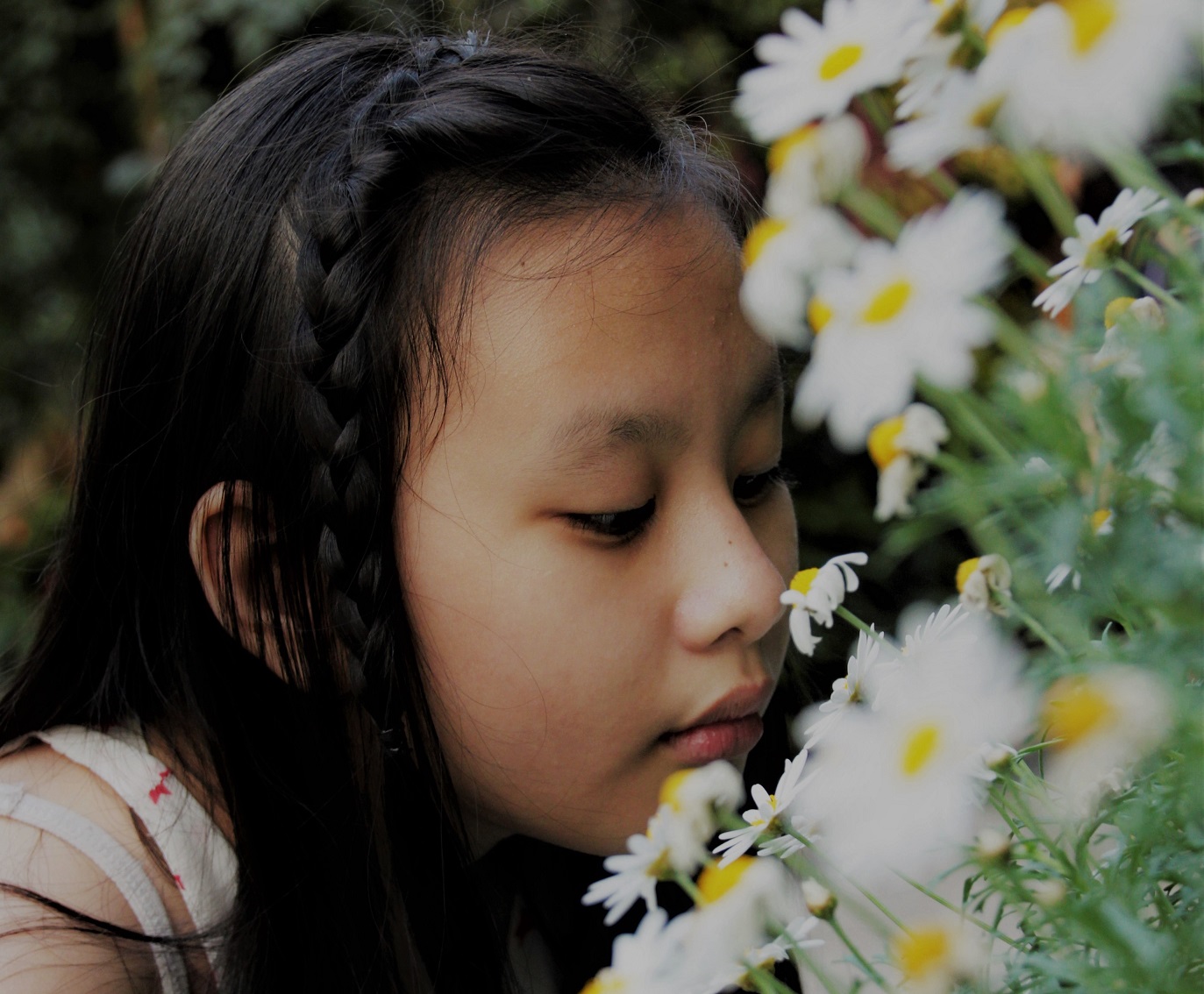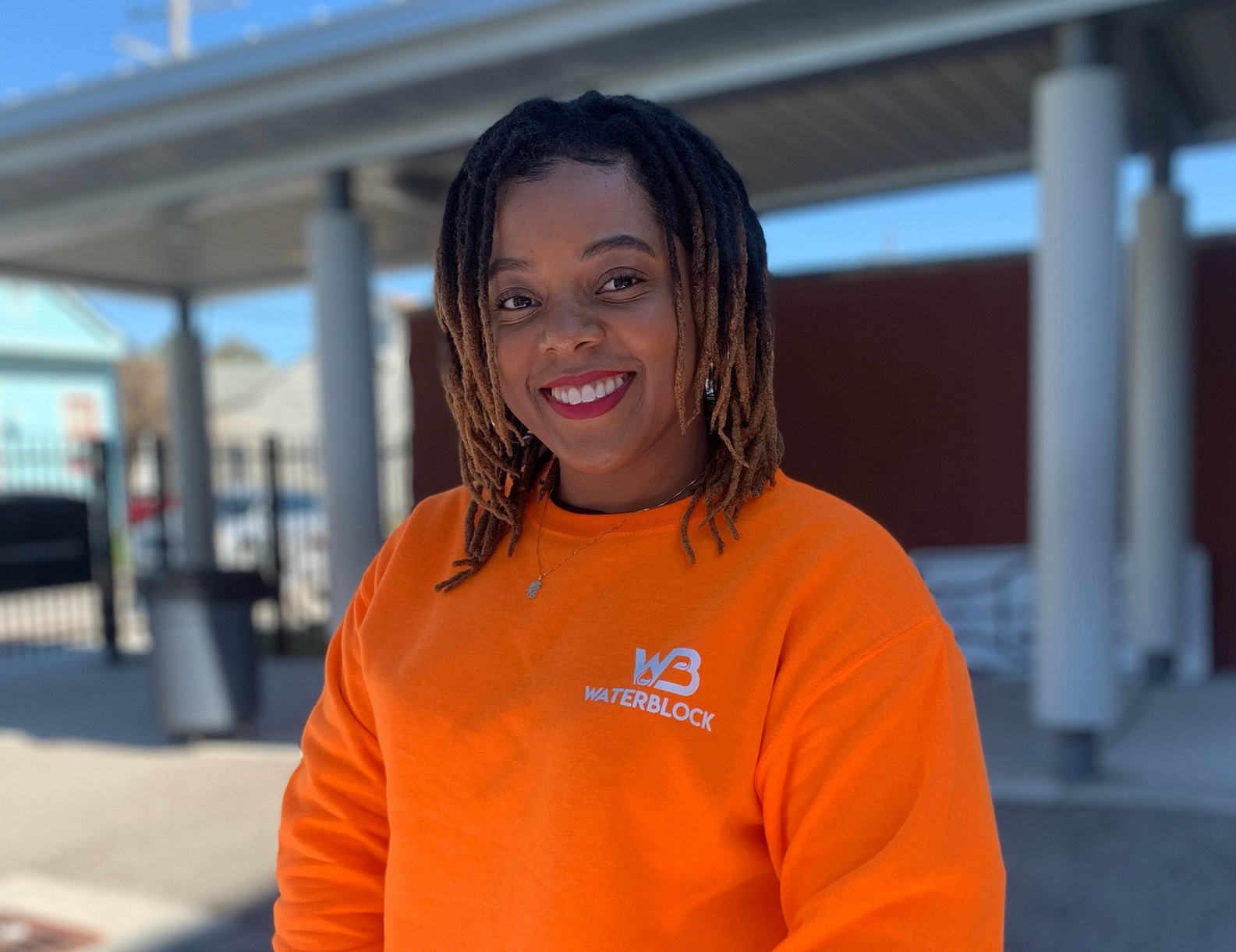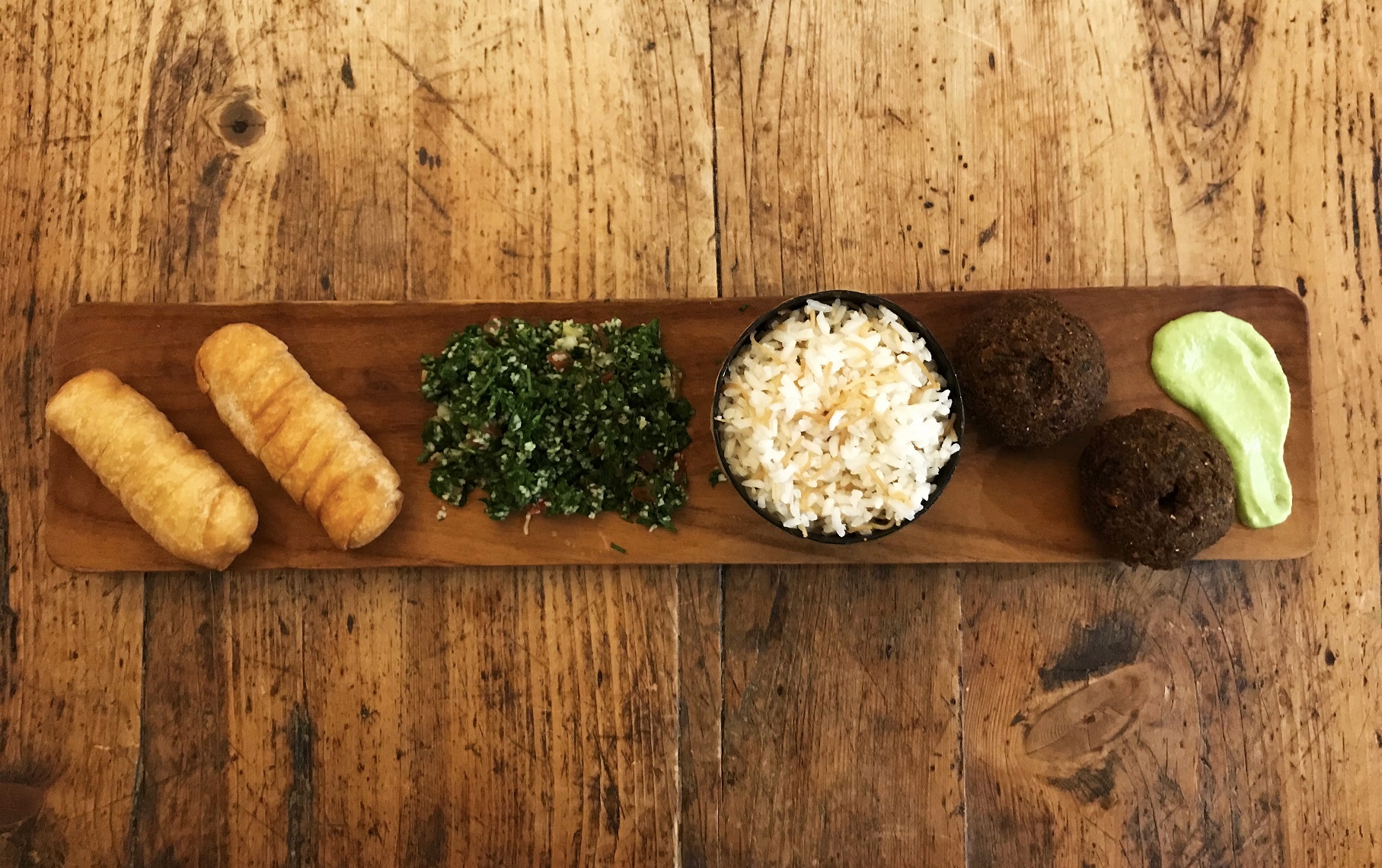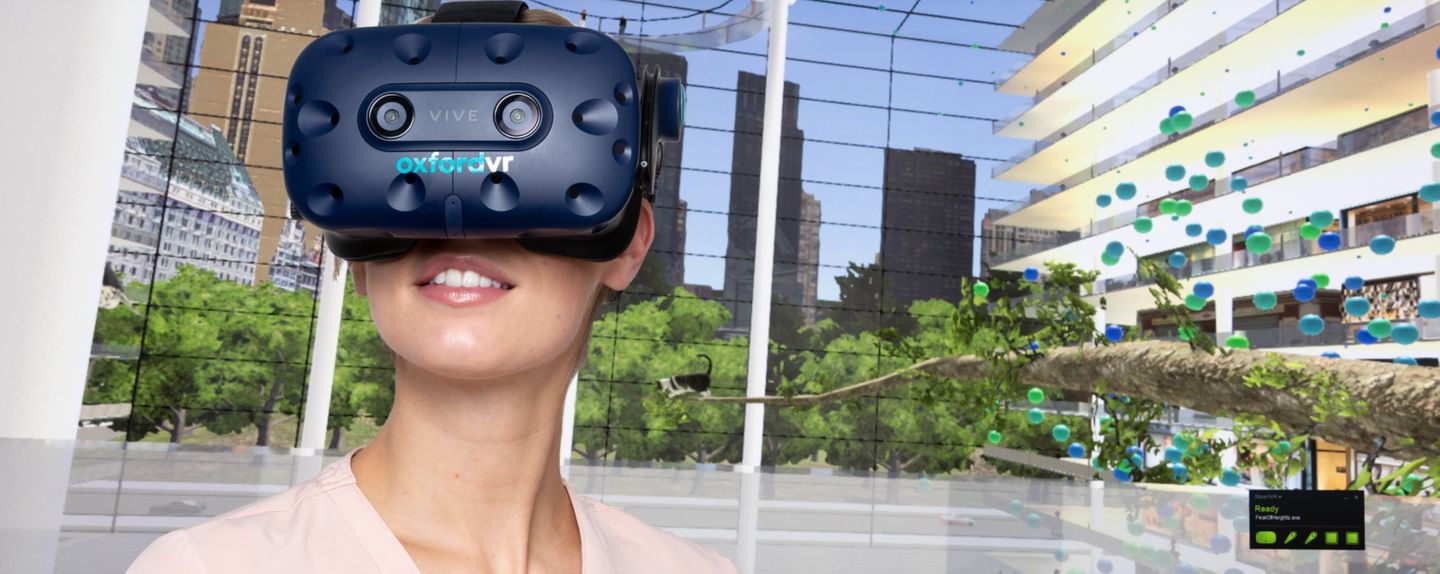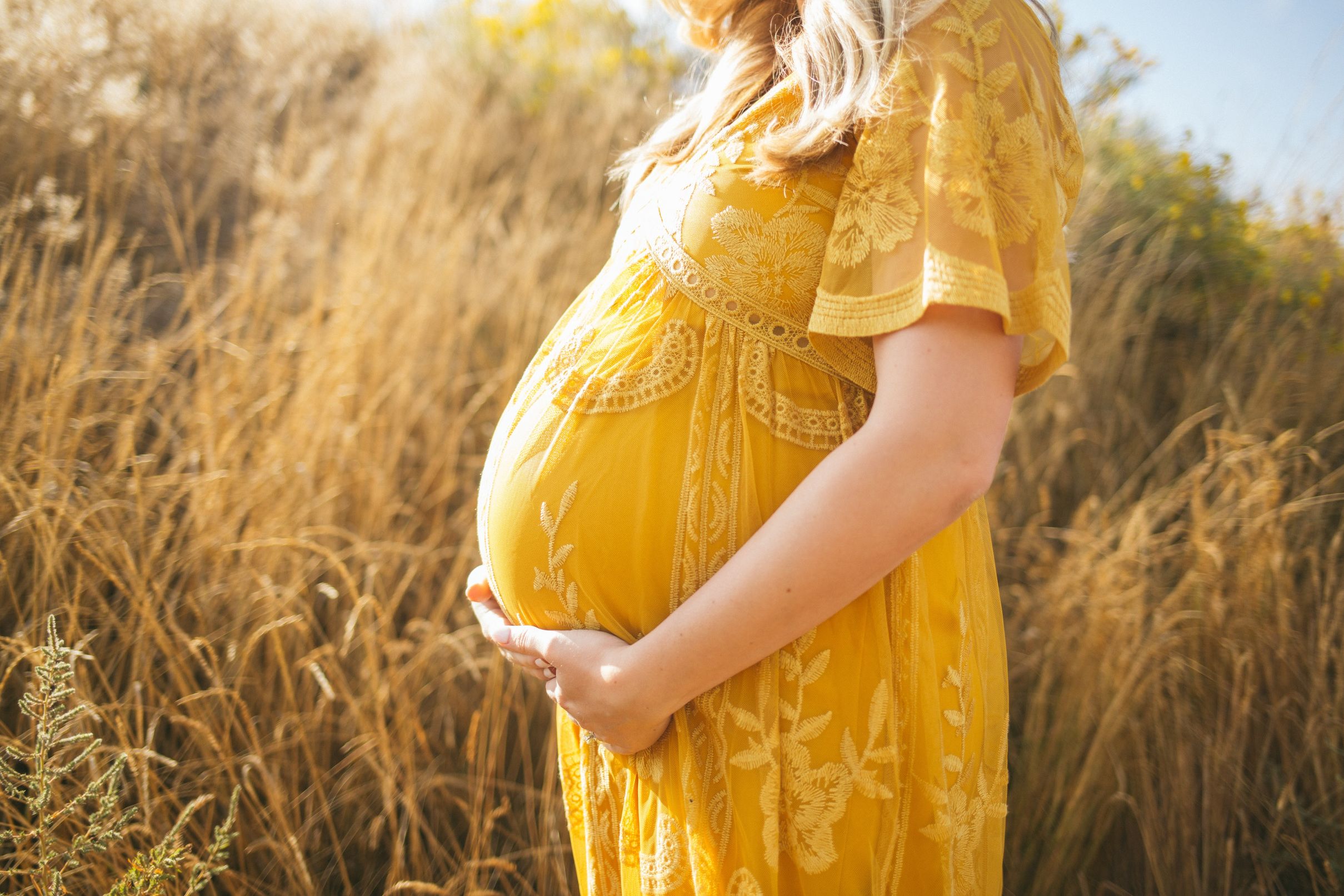How different are we really from our technology? Pocket-size smartphones ‘think’ with an AI brain. They ‘see’ the world through cameras. They listen through microphones; speak through loudspeakers; respond to touch and proximity.
In fact, they can do almost everything we can do. Except smell.
“We have kind of emulated all of our senses in our smart devices which have enhanced our quality of life in so many ways,” Dr Ashok Prabhu Masilamani told Global Shakers.
“So why don’t we have anything close to a nose?”
While it may seem like a gimmicky question — Google even trolled the internet in April 2013 with a capacity to make the smell of roses “just a click away”—a digital nose has earth-shattering implications for change. It would revolutionise how we check our health, how we build houses, how we eat and transport food.

Stratuscent’s sensor testing vegetables
A whole world of scents
Masilamani, a Canada-based scientist with a doctorate in nanophotonics, is poised to be at the forefront of this change. His rapidly growing company, Stratuscent, recently presented the latest iteration of its digital nose technology at the CES 2020 conference.
The scientist and technology entrepreneur is more than a little passionate about the “invisible world” of scents that can tell a dog that a pizza is burning or food is rotting before we notice.
“What if you’re talking into your phone and a sensor captures your breath and from there —your breath contains 800+ chemicals—we can use that to test some basic conditions,” he asks GS. “That people are dehydrated, or that their acetone levels [a potential indicator of diabetes] are too high?”
“We don’t even have to go to diagnosis—just, it would be good to go to a doctor and get this checked out,” he continued. “How many lives could we save? How many things could we prevent?”
He happily speeds through other uses. You’re transporting a truck full of bananas, and one gets squashed by the bumpy road. Instead of being allowed to set off a chain reaction of ripening and render an entire truckload of fruit worthless, the digital nose would intervene, notifying the driver and helping address the culprit.
The nose could be used in fridges to warn people how long they have before individual foods go off. Or in ovens, to make sure food is perfectly cooked. Or in commercial buildings, to check for humidity; or in work environments, to check that the air quality is safe.
“The beauty is we’re detecting problems before they happen. We know the frequency of the right chemicals so we can check before something spoils. We’re really focused on prevention.”

Masilamani working with the team at Stratuscent
A smelly array
All of this has been made possible by a sensor small enough to fit onto a smartphone. Stratuscent’s sensor has 32 chemical receptors, each of which can detect more than 10 chemical families.
“Our nose has an array of chemically sensitive neurons. And when you smell something, each of these neurons gets fired up with different strengths. What you get is a neural fingerprint which is unique to what you’re smelling,” Masilamani adds.
This unique fingerprint is then interpreted by an AI brain in the cloud, informing the user of the scent in question or recommending further action.
Masilamani explains that the technology was actually taken down from the International Space Station. NASA’s Jet Propulsion Laboratory used a black box, slightly bigger than a normal smartphone, to check for chemical leaks.
After some back and forth, Stratuscent was able to license and modify the technology. The key challenge was to make everything work in an open, casual environment. Stratuscent’s team of 20 experts had to make sure the technology could not only pinpoint the scent of a banana in a lab—it had to be able to do so on the go; in a room with other natural odours; on a train; when it’s hot and humid.
Masilamani is now convinced that Stratuscent has built the most advanced digital nose, with a “huge amount of possibility to cover all the scents that matter to us.”
C.L.I.C. Challenge #Highlights: Fantastic 2 days of engaging discussions; powerful & insightful overview of Stratuscent by CEO, David Wu; and brilliant celebration of teams at the #awardceremony. Congratulations #TeamStratuscent for this remarkable achievement! #disruptivetech pic.twitter.com/r1AW2Qixs8
— Stratuscent Inc (@Stratuscent_Inc) January 29, 2020
Google for scents
Stratuscent’s vision is to spend up to two years consolidating work in each industry of interest (food, healthcare, construction, etc). Masilamani tells GS that he hopes to cover all target areas over the next 8-10 years.
Then comes the crux: the scent database. “The digitally stored smell fingerprint is equal to the picture that is stored from your camera,” he adds. “So what you’re doing is digitising the world of scents.
“In the short term, we will have a database of digitised scents from the food and beverage world. When we go after the next category, we’re covering scents from air quality. And then the database starts to grow, and the AI learns, interpreting things better and better.”
This is where the real ambition for Stratuscent comes in. “One way to think about it Google’s search engine is as a tool that digitised, stored and indexed the world of information. Over 10 years, they digitised all information into their system, which they were able to monetise and use to generate the biggest economic value in history.
“Our sensor is a tool to digitise the world of scents. Our long term vision is that ten years from now, we will have the biggest digitised database of scents and we can then help monetise.
“Making us the Google for scents.”

Stratuscent’s nose at CES 2020
Novel uses?
Masilamani gamefully said that the technology could also be used in creating designer scents for individuals and businesses. This is something played with by experimental chef Heston Blumnethal, who reportedly accompanied his fish and chip dinners at one set of restaurants with a small bottle labeled “the smell of the chippy”—a perfume intended to remind people of their local chip shop.
The tech could potentially see someone synthesise a smell stored in Stratuscent’s scent database to make their function room or party smell identical to their childhood home, or favourite bakery.
Masilamani even said people could eventually pass scents to each other, which would be chemically recreated on the other side—similar to the as-yet unrealised utopia for 3D printers, in which people send each other ideas that could be rendered in their own houses.
Correction 07/02/2020: A previous version of the article incorrectly stated that Stratuscent’s digital nose technology was based on a NASA sensor used on rockets. This has been corrected to reflect that the NASA’s sensor was used at the International Space Station.
